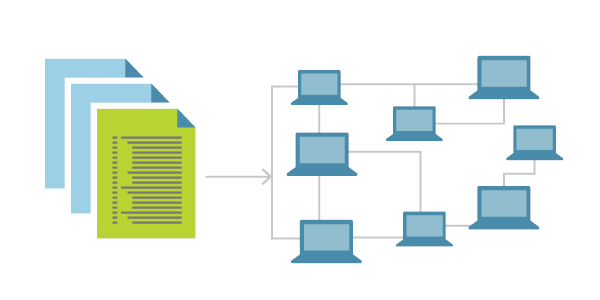Tag: Monitoring
How to Install and Configure Zabbix on Ubuntu 20.04
Introduction
Zabbix is an open-sourced tool used to monitor various IT components such as servers and hardware that they are running, cloud services, whole networks, etc. Zabbix can monitor the network health and integrity of your servers. All monitoring can be done through Zabbix’s web-based frontend. This means that you can quickly check the status of your servers from anywhere! This article describes how to install the Zabbix monitoring tool, create a database, and configure the frontend on Ubuntu 20.04.
How to Investigate Server Load: Part 2
Introduction
In this second tutorial on server load, we outline the steps that should be taken when investigating where server load originates and what may be causing your server to become overloaded. As noted in Part 1 of our series, excessive use of any apps or services can typically cause load issues. Here are the four main areas of concern:
How to Investigate Server Load: Part 1
Introduction
In this two-part series, we outline the steps to take when investigating where server load originates or causing your server to become overloaded. When running a server that hosts multiple websites, high load issues often crop up. To find out how and why this occurs, read on.
A Beginner’s Guide to Chef on CentOS 8
What is Chef?

Chef is an open-source configuration management DevOps tool used for configuration and management of multiple systems in infrastructure. Using Chef, we can use so-called recipes and cookbooks to automate and speed up managing multiple systems in our environment. By using Chef, we can adjust every system in our environment to our desired state, which we defined using the code in recipes. In the process, code is continuously tested and deployed using Chef.
How to Install Jenkins on Ubuntu 20.04
How to Install Jenkins on CentOS 8
What is Jenkins?
Jenkins is an open-source software written in Java and Scala. This software allows users the ability to automate almost any task and, it saves significant time that can be better utilized addressing other issues. When automating tasks with Jenkins, users can optimize their workflow by quickly automating the jobs that servers cannot do themselves. In this tutorial, we will learn how to install Jenkins on CentOS 8. We will also explore what its purpose is and share several benefits that Jenkins offers. We will then configure it to run on our CentOS 8 server.
How to Monitor Your Server in WHM
In this article we will briefly cover the basics of monitoring your server via WHM. By following this process you will learn how to find: service status, resource usage, and Apache stats.
What is Infrastructure as Code? (IaC)
Introduction: What is IaC?

Today we will become acquainted with a concept known as Infrastructure as Code. The idea of Infrastructure as Code is becoming more and more popular today. IaC is a method used to manage and provision a data center via defined machine-readable files instead of physical hardware configuration or other interactive configuration tools. This article will share what it is used for, why it is important, and why businesses strive to utilize this platform to achieve a desired set of results. It is essential to understand that we will consider both the theoretical and practical parts of IaC.
DevOps: A New Perspective on Shared Automation
What is DevOps?
DevOps is a set of various tools, practices, and ideals that combine software development (Dev) and IT Operations (Ops) into a single unifying force. It allows for better collaboration between developers, operations teams, system administrators, and system engineers. Their streamlined goal is to continually provide a high-value software product to the customer at high speed while monitoring and improving the overall process than using traditional software and infrastructure management.
What is a Service Mesh?

What is Service Mesh?
A service mesh is an additional infrastructure layer that provides a means of communication between all services in a given application. It is typically deployed as a series of proxies alongside each service instance. Since the service mesh proxies are deployed alongside the application services and not as part of it, they are often referred to as sidecars. This means that as a whole, these sidecar proxies are a mesh network and an infrastructure layer separate from the application. A service mesh not only brokers communication between all services in an application but, since all requests, both internal and external, pass through it, it provides a means for handling many tasks that can be obfuscated away from the application.
Our Sales and Support teams are available 24 hours by phone or e-mail to assist.

